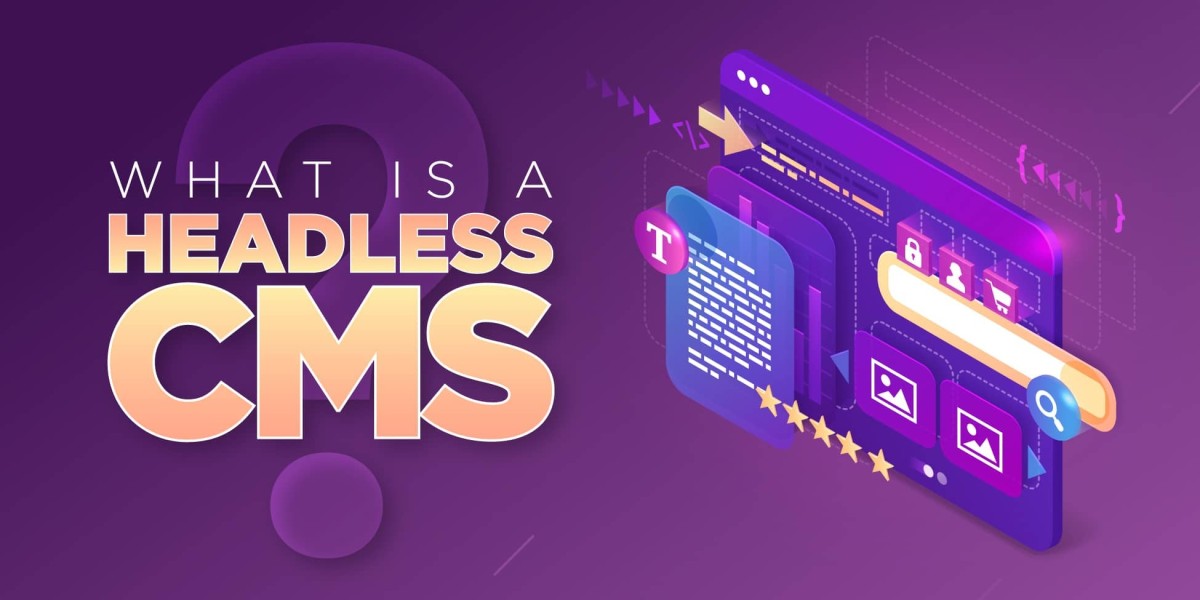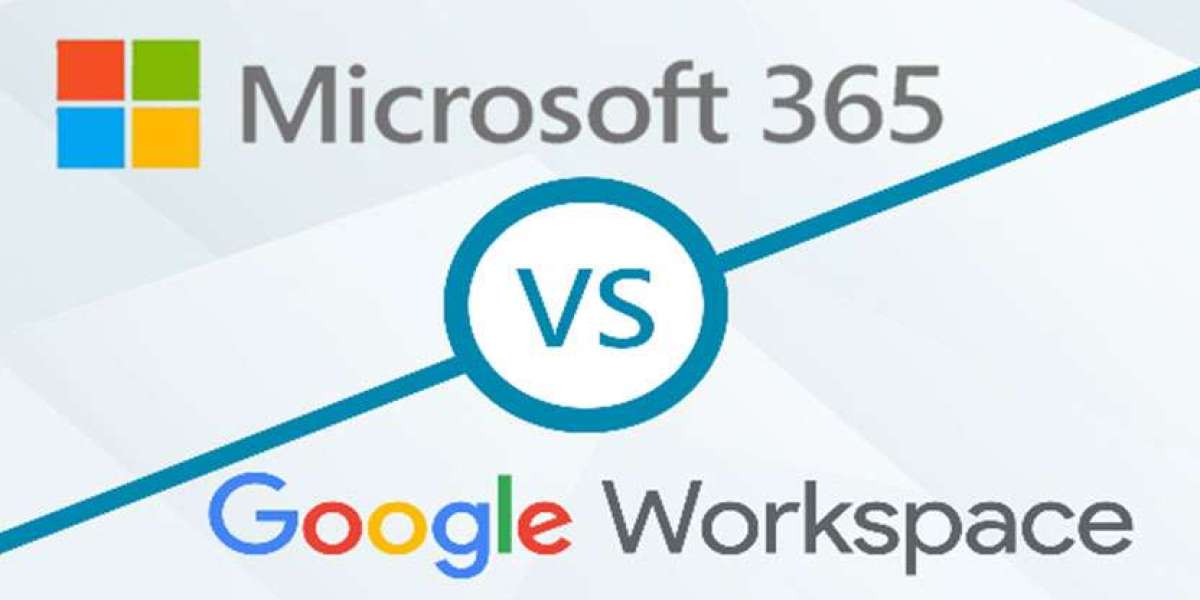In traditional CMSs, the backend and frontend are tightly coupled. This means that the content is stored and managed in the CMS, and the presentation layer is responsible for rendering the content to the user. This approach can be limiting, as it restricts you to using the presentation layer that is included with the CMS.
With a headless CMS, the backend and frontend are completely separate. This means that you can store and manage your content in the CMS, and then use any presentation layer that you want to render the content. This gives you much more flexibility in terms of how you deliver your content to your users.
Here are some of the benefits of using a headless CMS:
- Flexibility: Headless CMSs give you the flexibility to deliver your content to any device or channel. This is important in today's omnichannel world, where users expect to be able to access your content on any device, at any time.
- Scalability: Headless CMSs are highly scalable, so they can easily handle large volumes of content and traffic. This is important for businesses that are growing rapidly or that have a large user base.
- Performance: Headless CMSs can deliver content very quickly, which is important for providing a good user experience. This is especially important for mobile users, who have short attention spans.
- Security: Headless CMSs are often more secure than traditional CMSs, because they do not have a direct connection to the presentation layer. This makes them a good choice for businesses that handle sensitive data.
If you are looking for a CMS that is flexible, scalable, performant, and secure, then a headless CMS is a good option to consider.
Here are some examples of how headless CMSs are being used today:
- Netflix: Netflix uses a headless CMS to deliver its streaming video content to a wide range of devices, including TVs, computers, smartphones, and tablets.
- Spotify: Spotify uses a headless CMS to deliver its music streaming content to a wide range of devices, including smartphones, tablets, and computers.
- The New York Times: The New York Times uses a headless CMS to deliver its news articles to its website, mobile app, and social media channels.
- Ecommerce companies: Many ecommerce companies use headless CMSs to deliver product information to their websites, mobile apps, and print catalogs.
Headless CMSs are a powerful tool that can help you deliver your content to your users in any way that you want. If you are looking for a CMS that can help you create a truly omnichannel experience for your users, then a headless CMS is a good option to consider.




